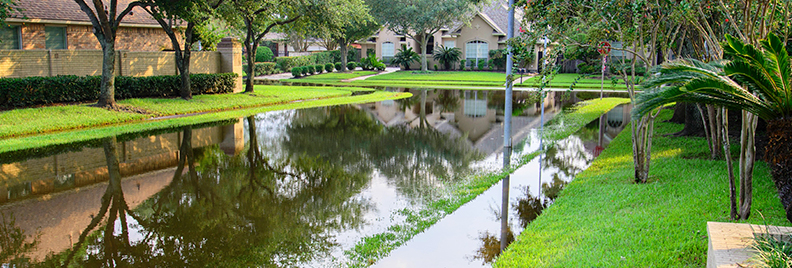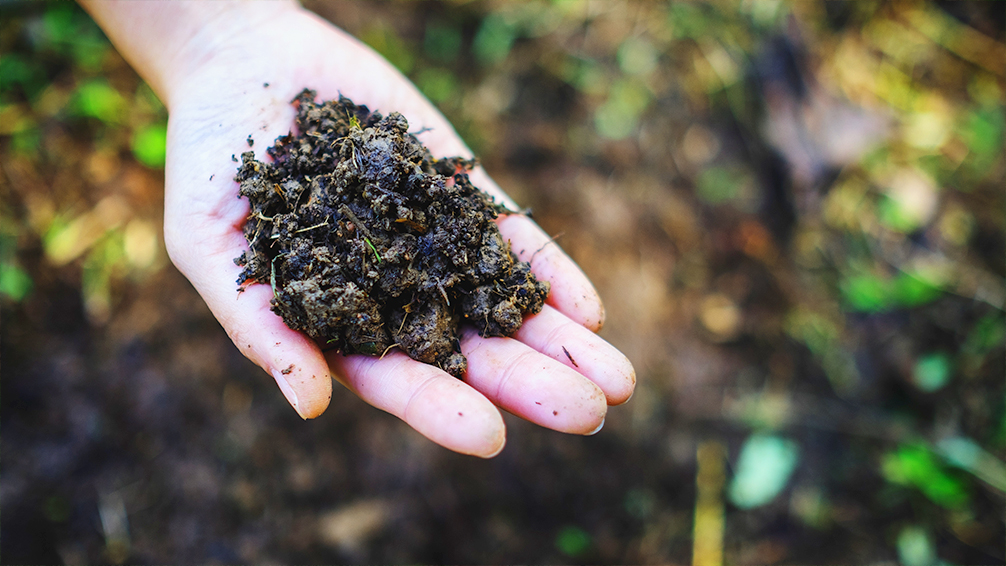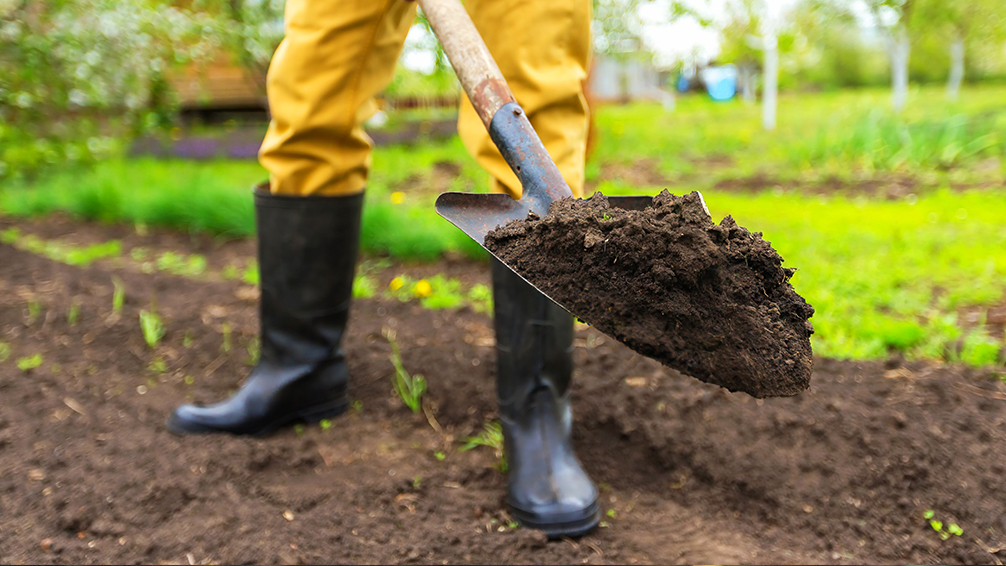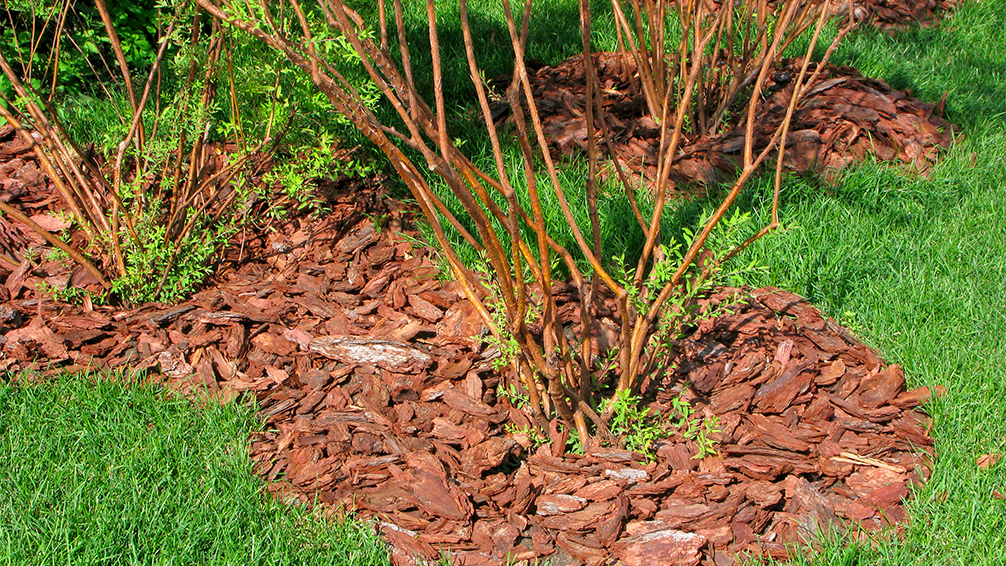
The Effects Of Hurricane Harvey On Your Garden Years Later
Hurricane Harvey did a real number on our soils, and while a lot of us have managed to tidy up above ground, the long-term impact from the massive amount of rain needs to be addressed in the soils. It’s kind of like when you see a new hair stylist, and they give you a tragically terrible haircut—you can fix it up enough to look presentable, but it’s gonna take some upkeep, maintenance, and a little patience before it bounces back to its regular state. If you leave it be, it’s just going to end up growing out all awkward and uneven.
Luckily, post-hurricane damage control isn’t all that difficult to pull off. We’re seasoned pros in how to repair lawn damage, so we’ve compiled a rundown of what you should expect to see in your yard over the coming months and years after the hurricane. To help you address these problems before they lead to even more long-term issues, we’ve made a task list for all of you who want to lessen the impact of the hurricane on your garden in Houston.

The Impact Of Hurricane Harvey On Our Garden Soil
While heavy rain can be good for our plants now and again, the torrential downpour of a hurricane, and two wet years to follow, is a prime example of “too much of a good thing.” That much water coming down with such strong force leads to the need for soil remediation. Basically, Mother Nature turned on the power washer and blasted your soil while removing all the vital nutrients and oxygen in the process. In the end, our garden beds end up totally depleted, and compacted our plants need those nutrients to survive, so we need to find ways to restore that perfect balance of minerals and microbes as quickly as possible.
On top of draining out all those valuable nutrients, your soil is probably going to be pretty compacted. On average, Houston yards have been squashed down by two whole inches! The problem with compacted soil is that water doesn’t drain through it properly, so it just builds and stays stagnant on the surface. Most of your garden plants will hate sitting in soggy, funky soil, and more often than not, it will lead to root rot. Taking the appropriate measures to loosen up your soil and improve drainage will save your plants from an untimely fate.
The other particularly annoying impact of Hurricane Harvey on our gardens is that it has created conditions that are quite hospitable for our worst enemy: weeds. Maintaining healthy soil and strong plants is one of your best defenses against weeds, so if things aren’t looking so good back there, those pesky weeds will take over your garden with a vengeance once spring rolls around.

Hurricane Harvey Recovery: How To Help Our Gardens Bounce Back
Okay, first things first, we have to deal with the soil compaction. This can be accomplished in two different ways. One way is with mechanical aeration. Renting a machine that pulls several cores of the compacted soils out leaving a pathway for compost and nutrients to make it down to the soil profile. The second way can be done by applying liquid Humates over the soil and watering it in. This is considered a “chemical” aeration even though it’s not a chemical, it reacts with the compacted soil and has a chemical reaction busting through the compacted soil creating oxygen pathways.
Organic material and compost will do wonders for your soil, so topdress your garden beds and around the bases of your trees and shrubs. These amendments will also help improve oxygen flow to the roots. For your lawn, using MicroLife Humates Plus, as well as some organic or hybrid lawn food, will help to rebuild your soil over time. Our favorites are MicroLife 6-2-4, MicroLife Hybrid 20-0-5, and Nitro Phos Sweetgreen 11-0-4. Apply the formula once every three months until your lawn recovers.
After loosening up your garden soil and adding in organic material, if you notice there are still some spots that are very clay-heavy, you can drench the soil with a Liquid Humus. This product helps to break up that clay so water can move freely through the soil.

After your soil is all amended, layer on some mulch. Don’t use anything with artificial dyes in it, because the chemicals will leach into the soil, and that’s a big no-no. Don’t use the non-biodegradable rubber kind, either. Ideally, you want to use a natural mulch, like Hardwood Shredded Mulch, which will help conserve moisture, block weeds from sprouting, and slowly break down over time, delivering even more nutrients into the ground.
Finally, to help defend your landscape from weeds, it’s best to start with prevention before they start sprouting rather than trying to tackle them once they’ve already become a problem. A pre-emergent herbicide is the best solution, and it will save you heaps of effort in the long run. We have several formulas in-store, so visit us at Plants for All Seasons, and we’ll set you up with a weed management product that suits your needs.
As they say, what doesn’t kill you makes you stronger, so don’t let this hurricane damage your garden for good! If anything, after all the necessary soil amendments and care you put into helping it bounce back, you may end up with a yard that looks better than it did before!

If you have any questions or specific landscaping issues that you aren’t sure how to address, don’t hesitate to speak to one of our experts. We won’t let a nasty little hurricane stop you from having a gorgeous, green yard.
